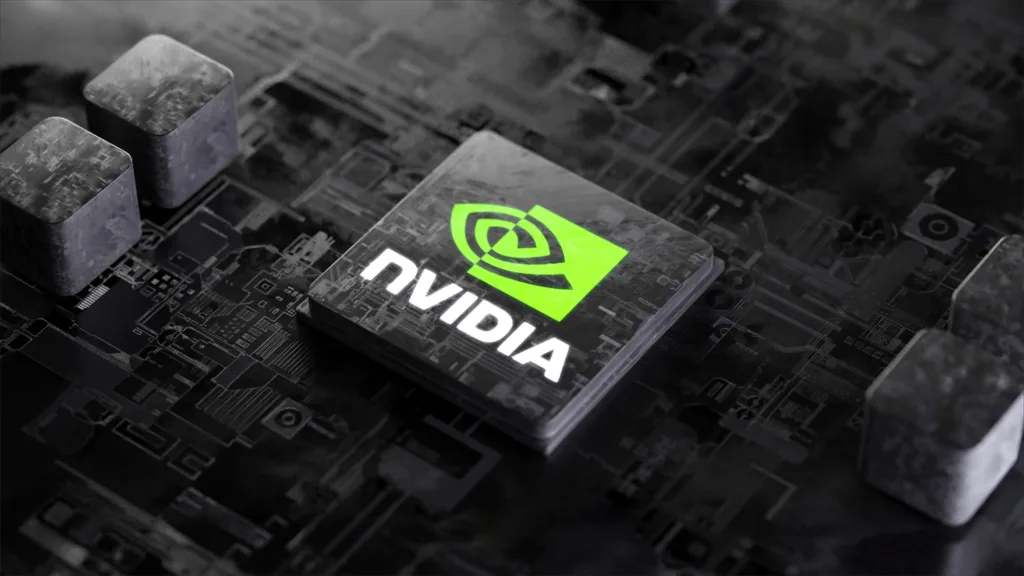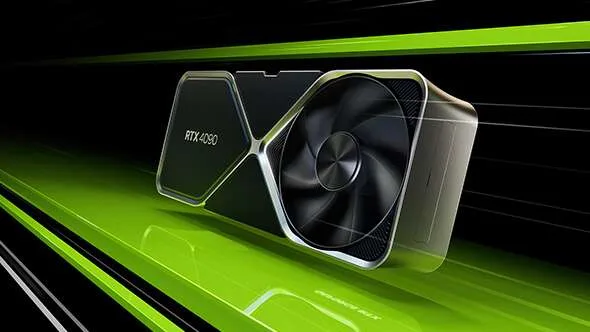Nvidia Corporation, often called Nvidia, is a renowned company that specializes in creating powerful graphics processing units (GPUs) used for various purposes, including online gaming and artificial intelligence applications. Over the past few decades, Nvidia’s stock has seen remarkable growth and is considered one of the top-performing stocks in the entire stock market since its inception in 1993.
However, Nvidia’s stock has also experienced significant ups and downs. In 2022, it faced a substantial drop of more than 50%, mainly due to a broader decline in the technology sector. Despite this setback, Nvidia has regained momentum in 2023, particularly because of its involvement in artificial intelligence technology, showing a remarkable year-to-date gain of over 240%.
Nvidia’s supporters argue that the company’s strong position in growth areas like AI technology, high-end online gaming, cloud computing, supercomputing, and autonomous vehicles will continue to drive its stock higher in the long term. But there are concerns too, with some investors questioning whether the stock’s current high valuation is justified.

Nvidia’s Journey:
Nvidia was established in 1993 with the initial aim of improving 3D graphics for video games and multimedia applications. In 1999, it pioneered the graphics processing unit (GPU), a breakthrough that revolutionized the computing industry. While early investors might have recognized Nvidia’s leadership in PC graphics cards, they could not have predicted its central role in the gaming, esports, and online streaming boom during the 2010s.
Over the past two decades, Nvidia has played a pivotal role in powering major tech trends like cloud services, AI, and automation. Its stock, which went public at $12 in 1999, has undergone five stock splits, resulting in significant growth. During the dot-com bubble, while the Nasdaq index plunged over 60%, Nvidia’s stock only dipped slightly.
Discover More:- Best Stocks Recommendation: Bank of America
In August 2023, Nvidia’s stock price reached $499 per share, a massive increase from its split-adjusted IPO price of just 25 cents.
Nvidia’s Outstanding Performance:
Nvidia’s performance as an investment over the last 24 years has been extraordinary, with a staggering overall return of around 60,000%. In the past decade alone, Nvidia’s stock has outperformed the S&P 500, delivering a remarkable 600% return compared to the S&P 500’s 55% return in the same period.
Even with a market capitalization exceeding $1.2 trillion, Nvidia’s stock continues to show strong growth, making it the top-performing stock in the S&P 500 in 2023.
Pros and Cons:
Nvidia has several strengths, including its significant exposure to AI and deep learning technology, leadership in GPUs for autonomous driving systems, and a complex business that limits competition. However, potential weaknesses include the risk of a slowdown in PC gaming demand and the stock’s high valuation.
Discover more :- What is ChatGPT and How to Invest in It?
What to Expect in 2023:
While long-term prospects for Nvidia appear promising, investors should not expect the stock to maintain its rapid growth pace in the near term. Analysts predict adjusted earnings per share of $9.73 for the current fiscal year, with substantial revenue growth projected for fiscal 2024 and 2025.

Analysts from Bank of America and CFRA Research are optimistic about Nvidia’s future, citing its leadership in AI, generative AI’s potential, and opportunities beyond GPUs, such as central processing units (CPUs). They also anticipate improved profitability in the coming years.
The median price target by analysts for Nvidia’s stock in the next 12 months is approximately $622.50, suggesting a potential 25% upside. However, it’s essential for investors to conduct their research before making investment decisions.
Also Read:- AI’s Future: 5 Leading Companies Poised to Dominate the $400 Billion Deep Learning Market by 2030
The Future Outlook:
Nvidia’s future performance as an investment will depend on the scale of the AI technology investment cycle and whether Nvidia can maintain its position as an industry standard for chips. Additionally, the growth of online gaming and the role of autonomous vehicle technology will be factors to watch.
In summary, while Nvidia’s past performance has been remarkable, its current valuation raises questions about its future growth potential. The company’s success in gaming and AI will likely continue to shape its growth story in the next decade. However, investors should consider both the opportunities and challenges as they evaluate Nvidia as an investment option.
FAQ: People Ask About
What does Nvidia do?
Nvidia designs and markets high-end graphics processing units (GPUs) used in various applications, including online gaming and artificial intelligence.
How has Nvidia’s stock performed historically?
Nvidia’s stock has been one of the best-performing stocks in the U.S. market, with an overall return of around 60,000% since its inception in 1993.
What caused the significant drop in Nvidia’s stock in 2023?
Nvidia’s stock dropped more than 50% in 2022 due to a broad sell-off in the technology sector.
Why did Nvidia experience a significant gain in 2023?
Nvidia’s stock performed exceptionally well in 2023 due to its involvement in artificial intelligence technology, with a year-to-date gain of over 240%.
What are the factors driving Nvidia’s growth?
Nvidia’s growth is attributed to its exposure to long-term trends like AI technology, high-end online gaming, cloud computing, supercomputing, and autonomous vehicles.
What is Nvidia’s historical stock price growth since its IPO?
Nvidia’s stock price has grown significantly since its IPO at $12 in 1999, reaching $499 per share in August 2023 after several stock splits.
How does Nvidia’s recent stock performance compare to the S&P 500?
Nvidia has significantly outperformed the S&P 500, delivering over 600% returns in the past five years compared to the S&P 500’s 55% return in the same period.
What are the strengths of Nvidia as a company?
Nvidia’s strengths include its high exposure to AI and deep learning technology, leadership in GPUs for autonomous driving, and a complex business structure that limits competition.
What are the potential weaknesses of Nvidia as an investment?
Nvidia’s potential weaknesses include the risk of a slowdown in PC gaming demand and its relatively high stock valuation.
What are some key factors that will influence Nvidia’s future performance as an investment?
Key factors include the scale of the AI technology investment cycle, Nvidia’s ability to maintain its position in the chip industry, the growth of online gaming, and the role of autonomous vehicle technology.
Sources
Article:- MSN, Google, Bing,
Images:- Nvidia, 80 level
Don’t Miss out:- 11 Tips to Overcome Your Debt-Will make you Debt free this Year 2023
Also:- Top 7 Free Websites to Learn about the Forex Trading in 2023

